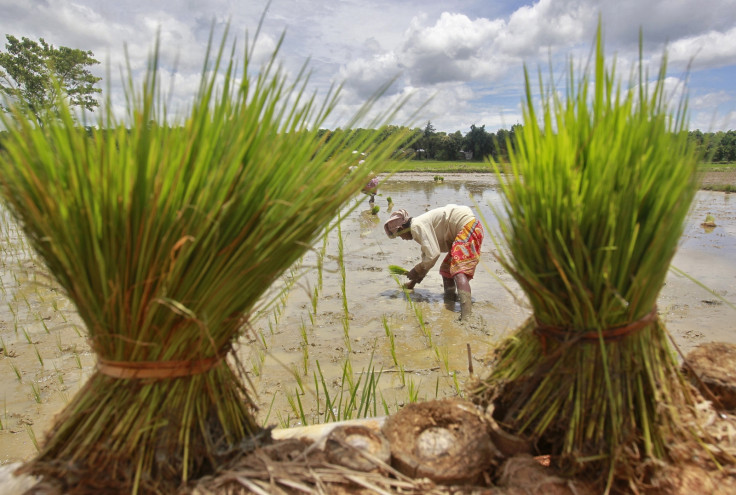Monsoon Rainfall Declined In Last 50 Years Due To Human-Induced Air Pollution

Air pollution caused by humans and resulting in high concentration of aerosols in the atmosphere affected annual monsoon rainfall in the northern hemisphere.
A new study by the University of Edinburgh attributes a fall by 10% in rainfall over the last 50 years to these anthropogenic emissions and not due to natural climate variability.
High levels of anthropogenic aerosols in the atmosphere caused heat from the sun to be reflected back into space, lowering temperatures on the earth's surface and reducing rainfall.
Lead author Dr Debbie Polson, of the University of Edinburgh's School of GeoSciences, said: "This study shows for the first time that the drying of the monsoon over the past 50 years cannot be explained by natural climate variability and that human activity has played a significant role in altering the seasonal monsoon rainfall on which billions of people depend."
While over 90% of aerosols are naturally produced in volcano eruptions and forest fires, humans contribute in many ways. Fossil fuel combustion, biomass burning, automobiles, incinerators and smelters are among those that produce sulphates, nitrates, black carbon and other aerosols.
Alterations to summer monsoon rainfall affect the lives of billions of people, mostly those living in India, South East Asia and parts of Africa where agriculture is critically dependent on these seasonal rains.
The team calculated the average summer monsoon rainfall in the Northern Hemisphere between 1951 and 2005 and used computer-based climate models to quantify the impact of increasing aerosol emissions and greenhouse gases during the period.
The study is published in the journal Geophysical Research Letters.
Air pollution has been proven to affect billions while indoor air pollution in poor countries will place many more at high levels of early death and poor health.
© Copyright IBTimes 2025. All rights reserved.





















